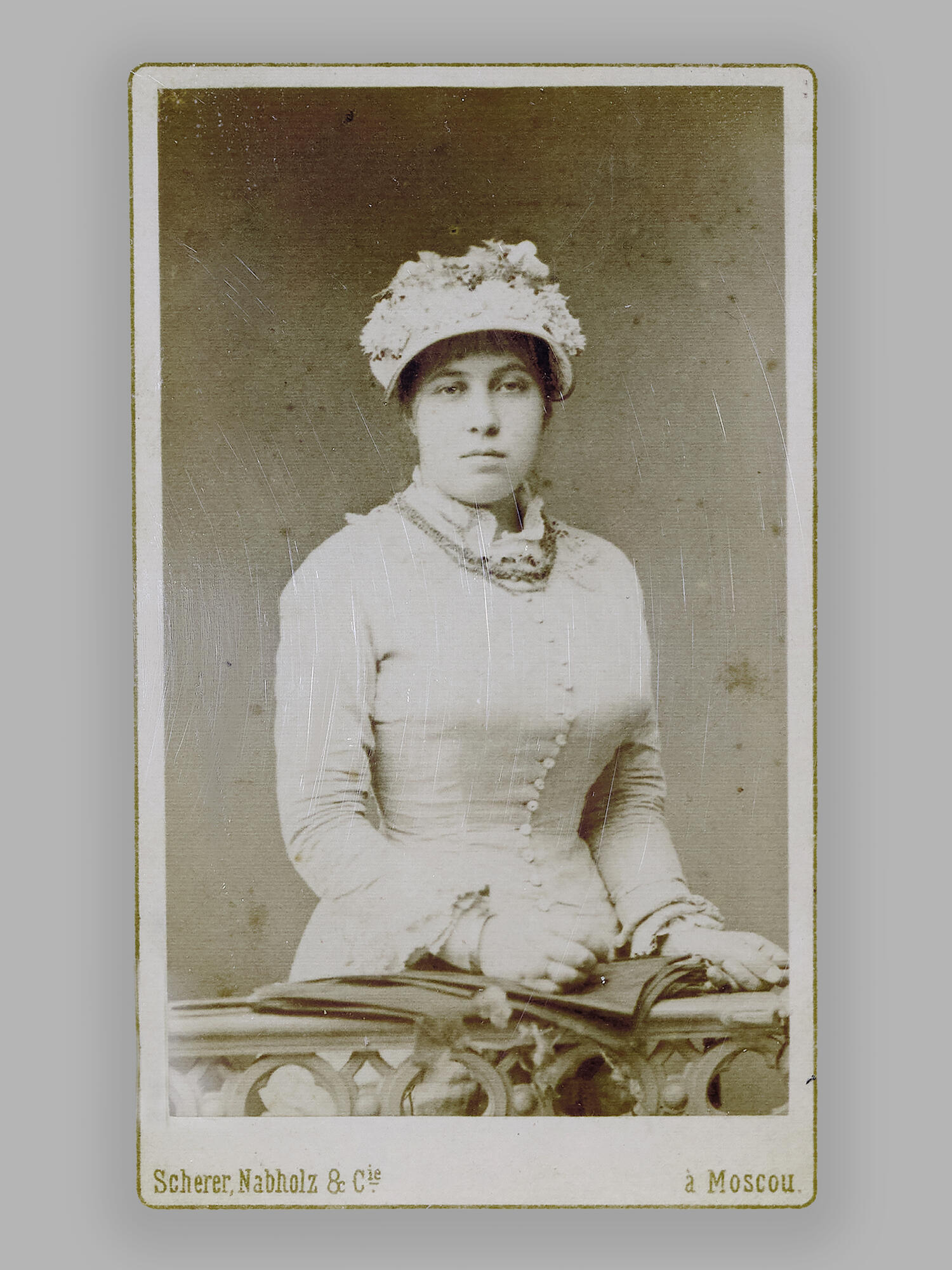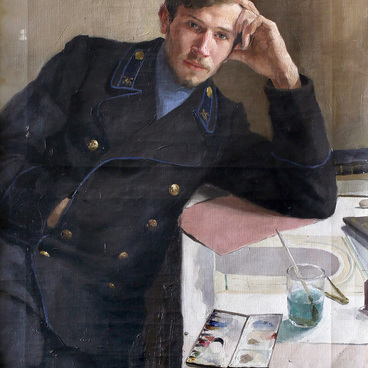Vasily Surikov, a student of the Academy of Fine Arts in St. Petersburg at the time, first met his future wife in a Catholic church in St. Petersburg, where he went to listen to organ music. The fragile 19-year-old girl was there with her sister and the young painter immediately got attracted to the girl.
Elizaveta Augustovna Charais was born in 1858 (according to other sources — in 1854), she was the daughter of the French businessman Auguste Charais and a relative of the Decembrist Maria Svistunova. Auguste Charais was a Catholic, and his daughters attended Catholic churches.
In 1878, Vasily Ivanovich and Elizaveta Augustovna married and settled in Moscow. Soon Surikov began working on his first major historical painting “The Morning of the Streltsy Execution”. Two daughters were born in Surikov’s family — Olga and Elena. Elizaveta Augustovna was very reverent about her husband’s work and strove to create the best conditions for him to work.
Over the ten years of a happy marriage, Vasily Surikov painted his most famous paintings — “The Morning of the Streltsy Execution”, “Menshikov in Beryozovo” and “Boyarynya Morozova”. The artist loved his wife very much, called her Lilinka and often painted her portraits. He also imparted her features to the female characters in his paintings.
Elizaveta Augustovna had a congenital heart defect, and she was often ill. Vasily Surikov took his wife abroad, hoping to improve her health. Traveling in Europe helped Elizabeth Augustovna, and then Surikov decided to take the family to Siberia for the first time to show his homeland, to introduce her to his mother and brother. On the way back from Krasnoyarsk, Elizaveta Surikova fell ill and never recovered. She died in Moscow in the spring of 1888, aged about 30.
The death of his beloved wife and muse was a terrible blow to the artist. Vasily Surikov never married again and raised his daughters alone. Olga, who was barely ten years old, was responsible for her younger sister and father — a role she fulfilled until her marriage.
Few photographs of Elizaveta Augustovna have
survived. This one was taken after the Surikovs’ wedding in Moscow, in the
atelier “Scherer, Nabholz and Co.”. This photographic firm left a large
documentary archive of pre-revolutionary Russia: views of cities, portraits of
contemporaries, and catalogs of art, anthropological, industrial and other
exhibitions.


